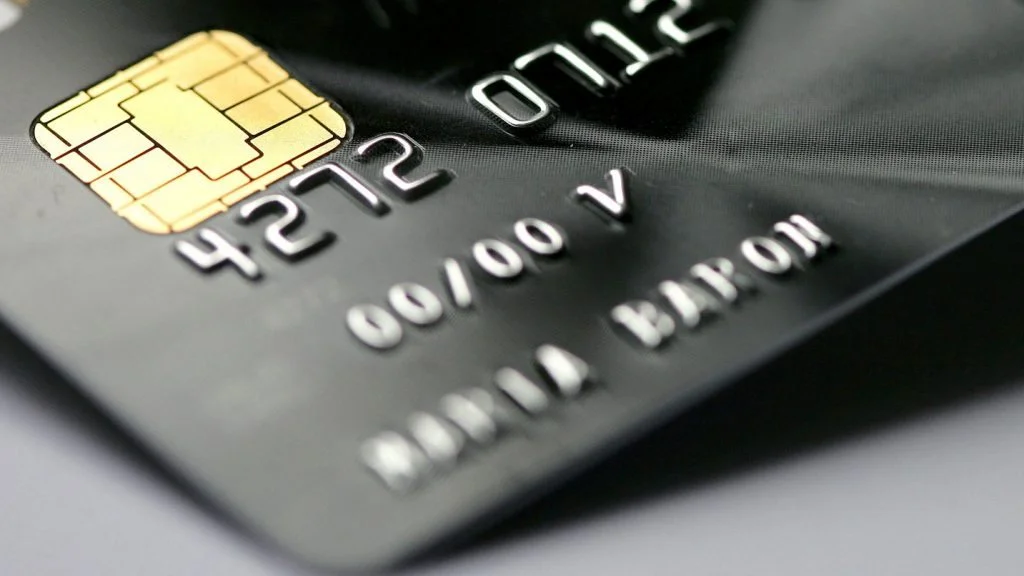Chip and PIN credit cards provide a higher level of protection against fraud and theft than any other credit cards before them.
The world would be a very different place if it weren’t for credit cards. We wouldn’t have the ability to buy anything online for one. And if we all carried around huge sums of cash in our pockets, thieves would have a heyday!
That little plastic card in your wallet or purse gives you a lot of power. Unfortunately, it also gives criminals a lot of power if they get their hands on it and are able to access a card holder’s personal information.
Because of this, credit card companies have tried very hard to stay a step ahead of these threats to our security. Fraud happens far too often.
The most recent attempt by credit card companies to combat fraud is chip and PIN credit cards.
Traditional credit cards store all of the account holder’s information on the magnetic stripe on the back of the card. The security measures in place for these types of credit cards do little to keep the card holder’s sensitive information safe.
Vendors are supposed to check your ID when you pay with credit. Think about the last time you went out to dinner with your family, or drinks with friends, and you were asked for your ID when paying. I know I rarely get asked to show my ID.
Even if you write “Check ID” on the back of the card, as is common practice for a lot of people, often they don’t even look and just run your card and give it back to you.
What’s to stop a thief from doing the same thing? Maybe you lost your card or it was stolen from you and you don’t realize it right away. That person could go on a shopping spree until you finally discover it is missing and cancel the card.
Most places will let the customer run their debit card as credit too, so that’s another threat to security. The person who steals your card can simply run your bank card as credit and never have to enter a PIN.
Chip and PIN credit cards store all of your sensitive information on a tiny chip built into the card.
The chip has built in circuitry which is activated when it is put into a credit card reader. You should start to see, if you haven’t already, credit card readers which have a slot built into them.
When you make a purchase, you insert your card, PIN side first, into the slot reader, rather than swipe it. Then you enter a four digit PIN number known only to you. Once you’ve entered the PIN number, the card is activated for use.
The EMV chip encrypts the transaction with a randomized code. The PIN is an extra security measure.
The card cannot be used unless the PIN number is entered. Some credit card companies still allow for the signature as a backup means of verification.
Credit card holders in most other countries have been using chip and PIN cards for a while now. The U.S. is now making the shift. Over 120 million Americans now have chip and PIN cards.
Many of the cards still have the magnetic stripe on them but eventually they will not be dependent on the stripe at all.
This is a big step forward considering with mag stripe cards, the data stored on them does not change. Which means if someone copies the data, they can replicate it over and over again.
But with the chip and PIN cards, the data changes with each transaction. It creates a unique transaction code with every purchase which cannot be used again.
So if your chip card is stolen by someone, when they try to use data from your last transaction, the card is denied because the data can no longer be used.
This technology may not prevent all fraud from occurring in the future, but it will make it much harder for criminals to be successful when trying to profit from the stolen card.
It has already been shown to work well in countries who have been using the chip and PIN technology. Fraud has doubled in the U.S. as a result of criminals largely abandoning their efforts overseas because of the new chip and PIN technology being used there!
This should give us great assurance!
There are two different types of chip and PIN credit cards being introduced right now.
Most cards being issued in the U.S. right now are contact cards, which means you use them in essentially the same way as mag stripe cards; by inserting the card into the reader.
There are also contact less cards available through some credit card companies. All you have to do with these cards is tap them on a reader and it conducts the transaction wirelessly.
It might be a while though before we see many wireless chip cards. Equipment necessary to support wireless chip card transactions is expensive for stores to buy right now but this is the eventual step credit card companies will take.
Although the U.S. is the last major market to switch fully from magnetic stripe cards to chip and PIN cards, you will see them much more. In fact, it’s the new standard, so you’ll have one soon, too!
As the new cards are issued, you’ll also notice a new type of card reader at retailers you visit.
While any type of change can be difficult at times, this one has a direct effect on our personal security. With this thought in mind, I think we will all recognize this particular change as a step in the right direction.
Learn more today by visiting www.redfynn.com.





